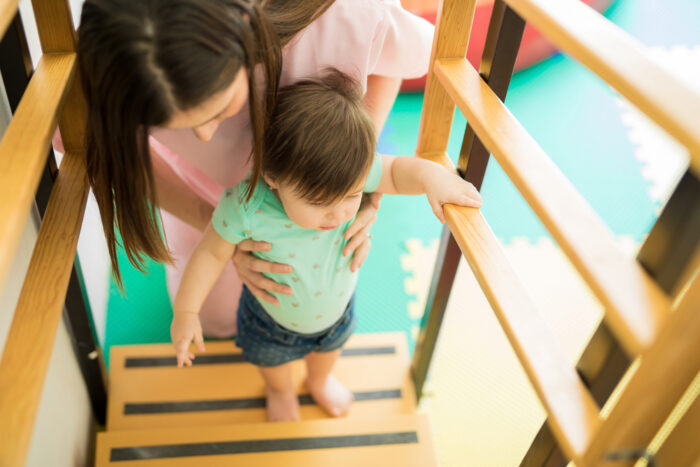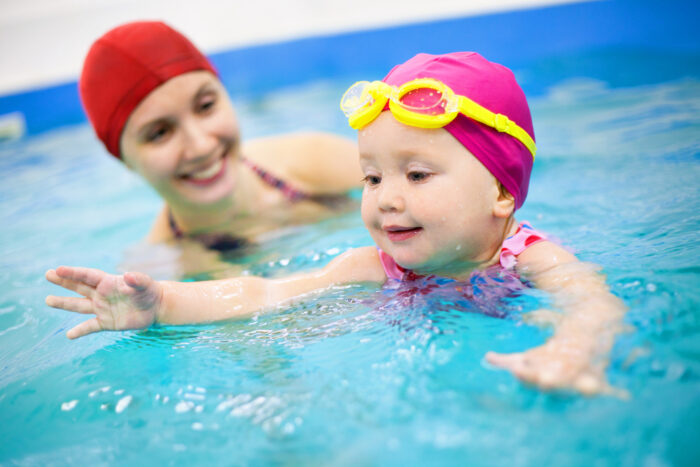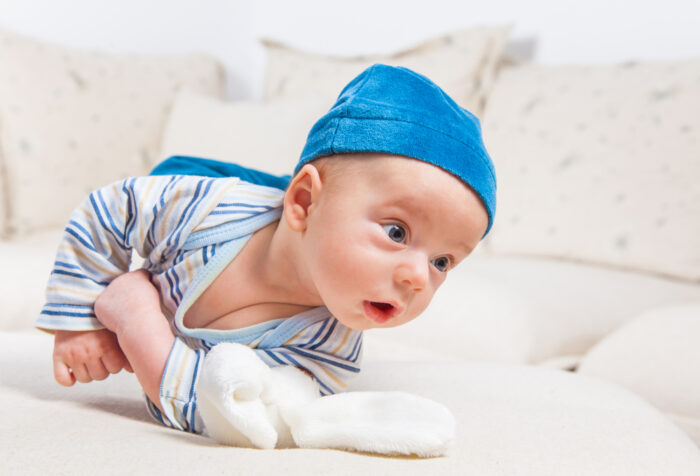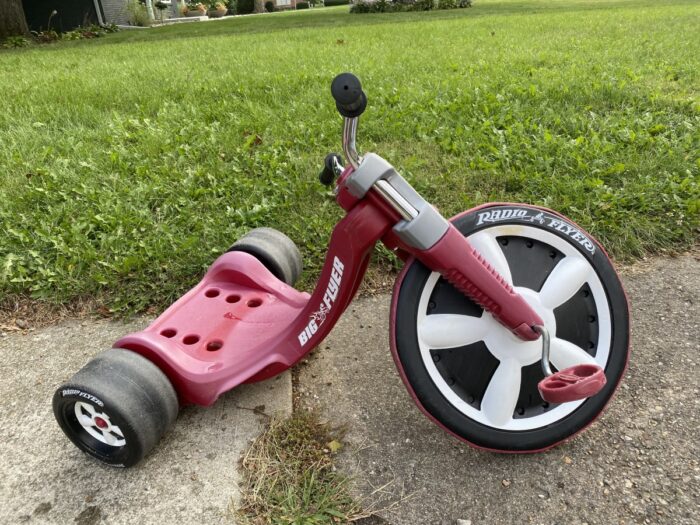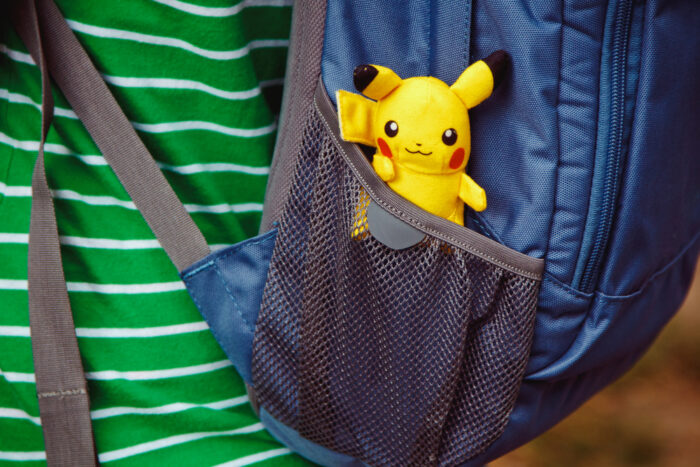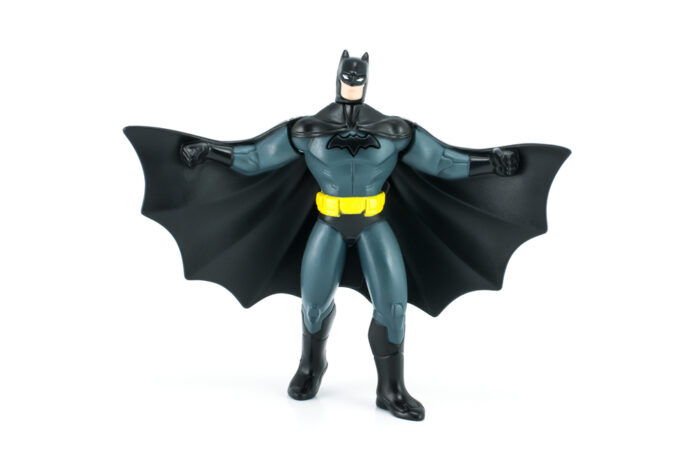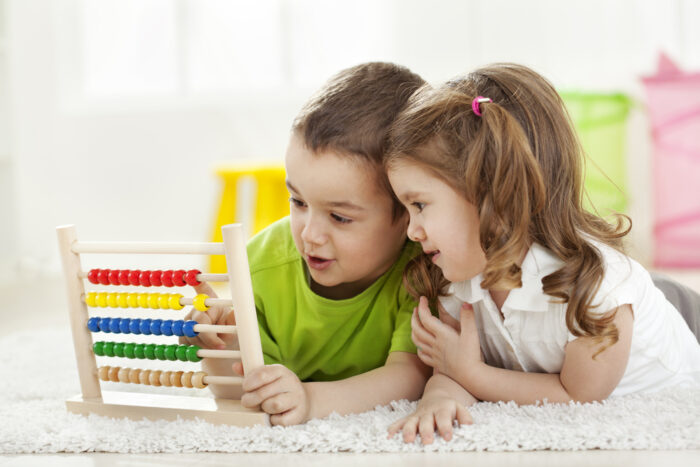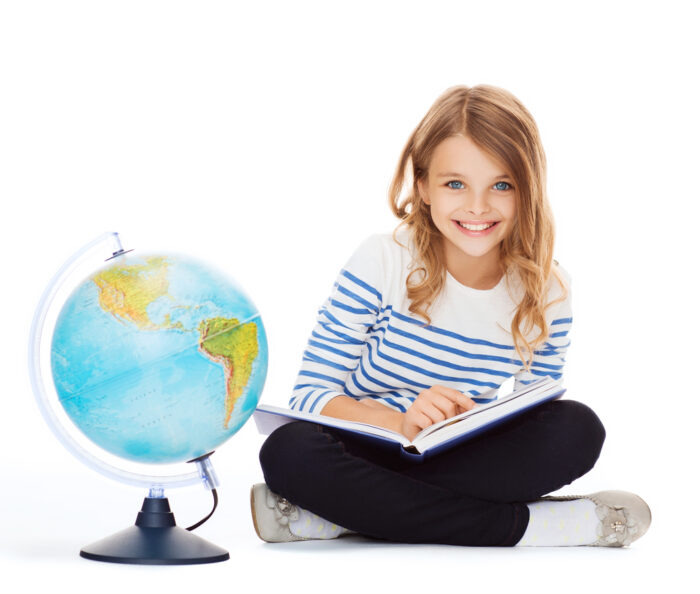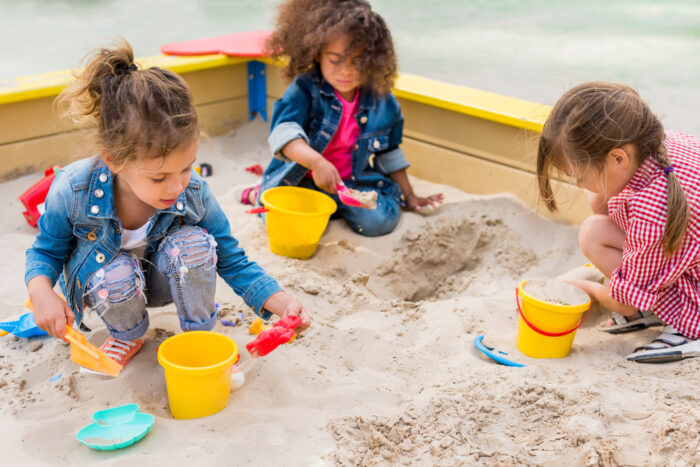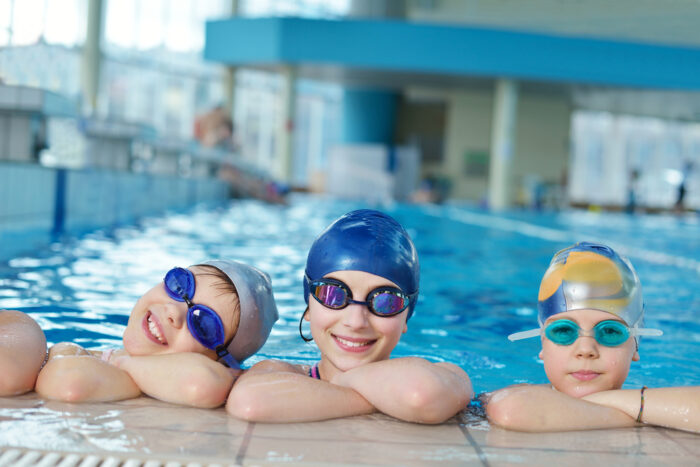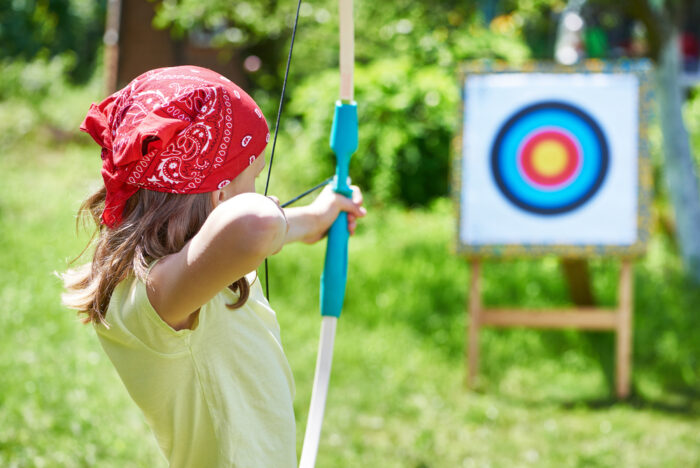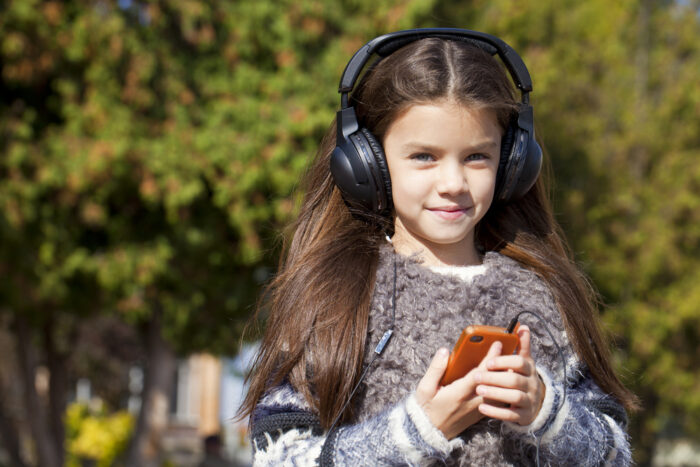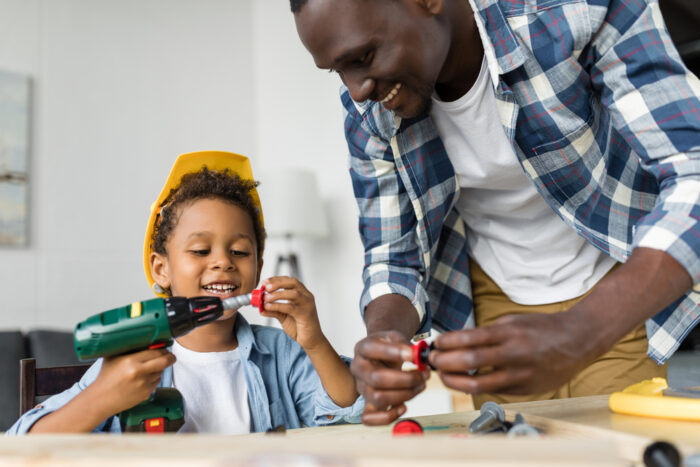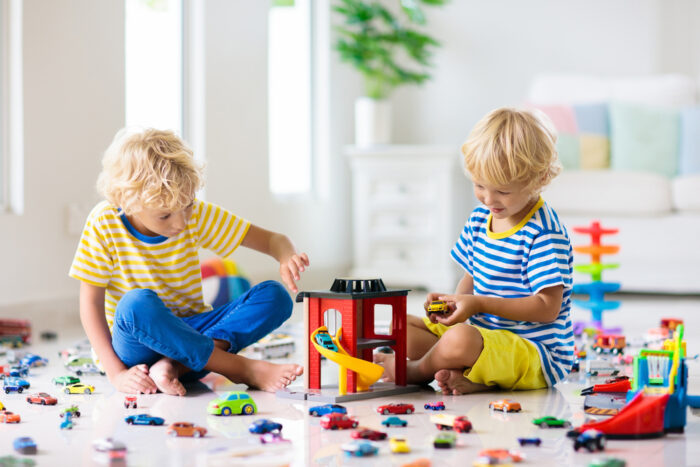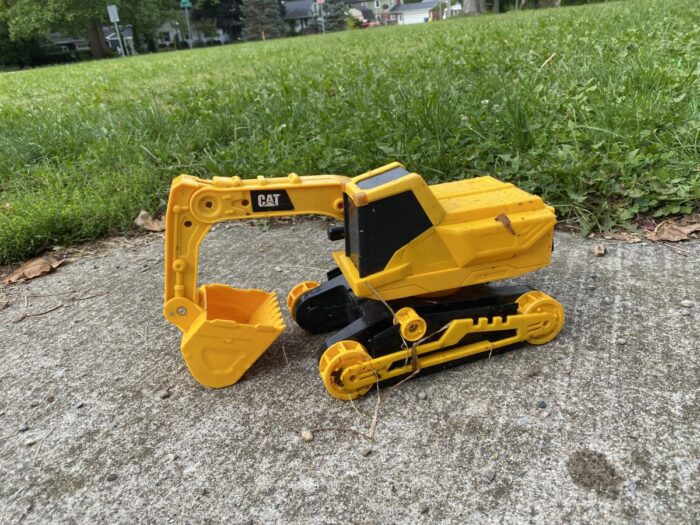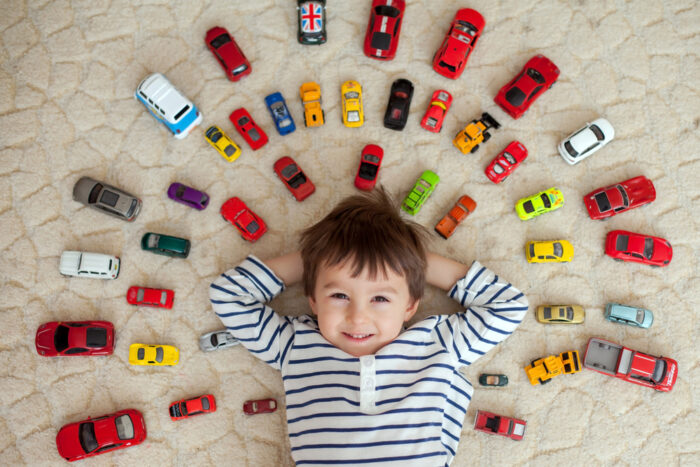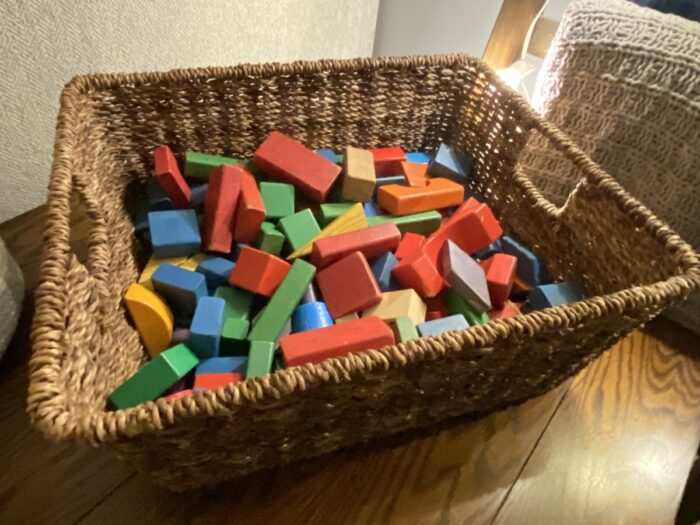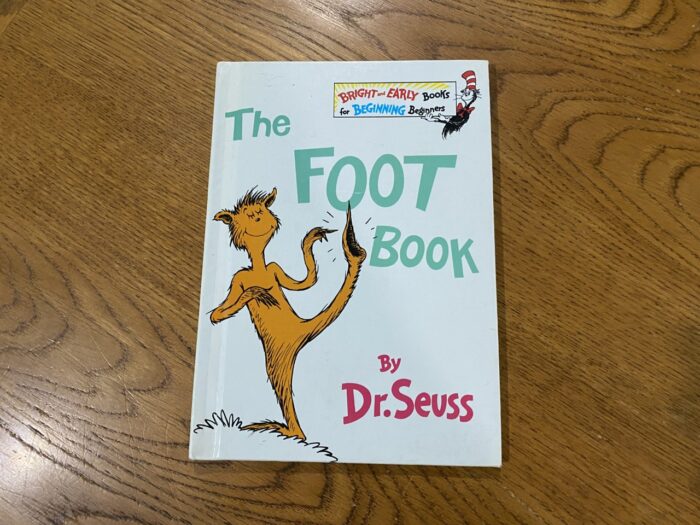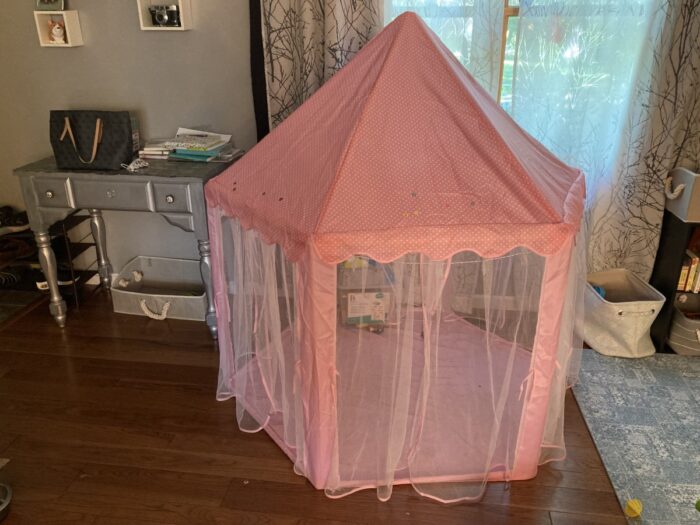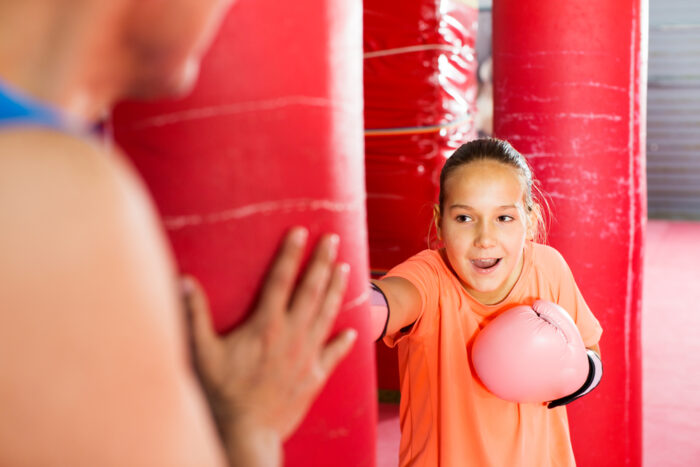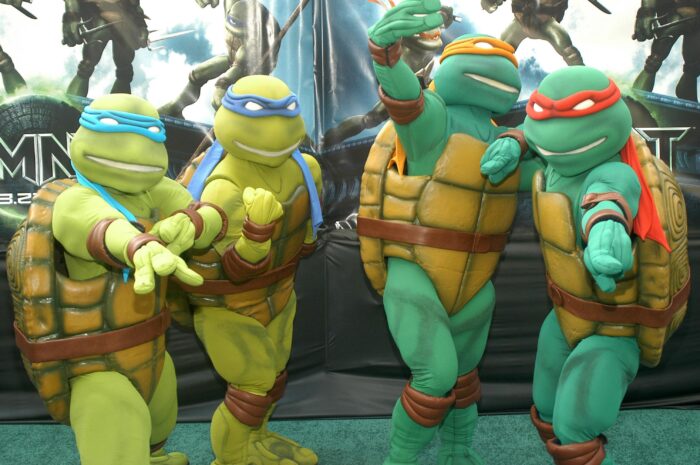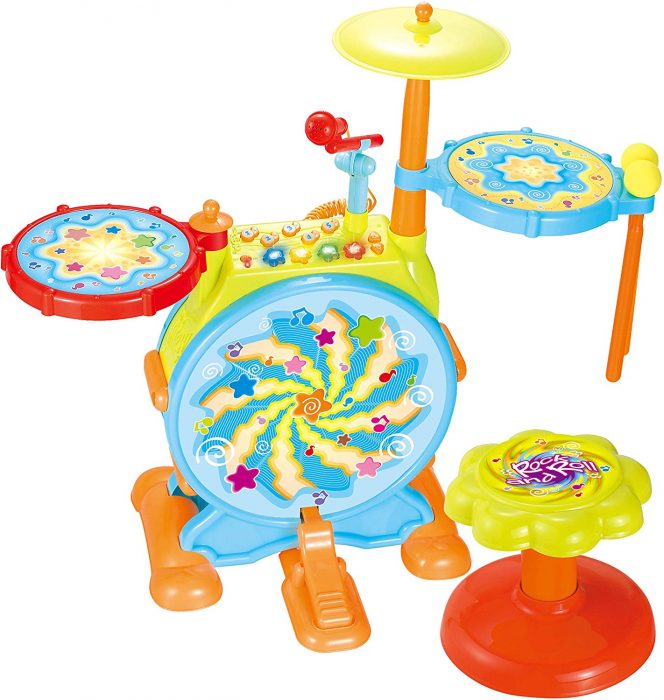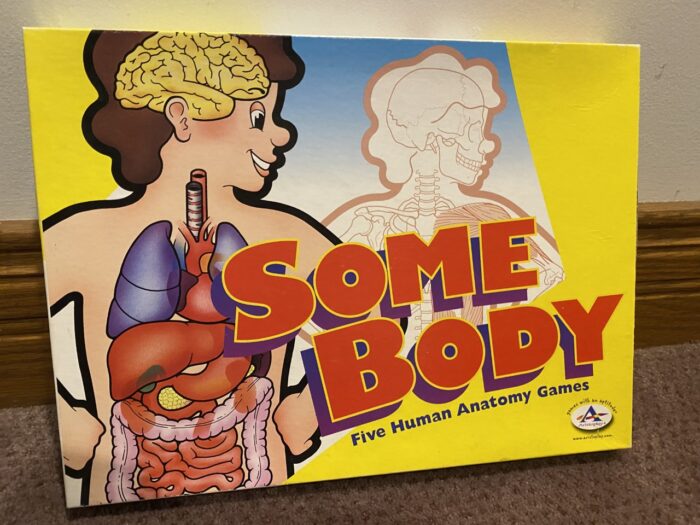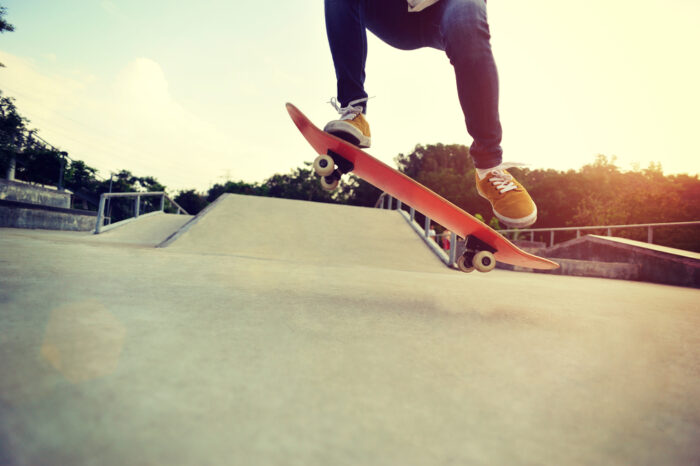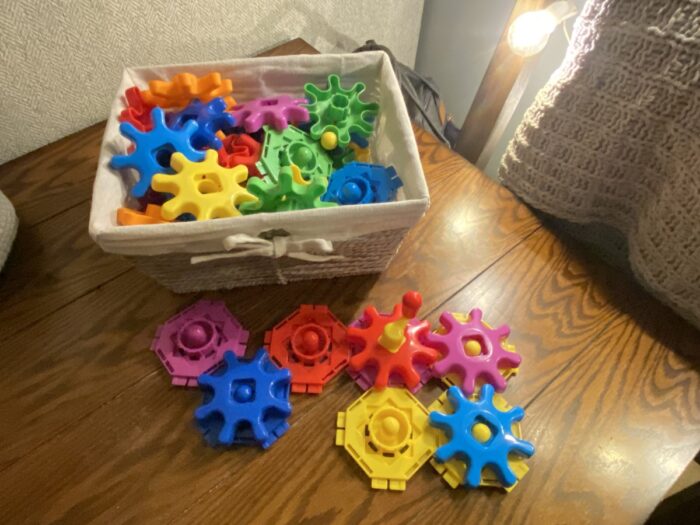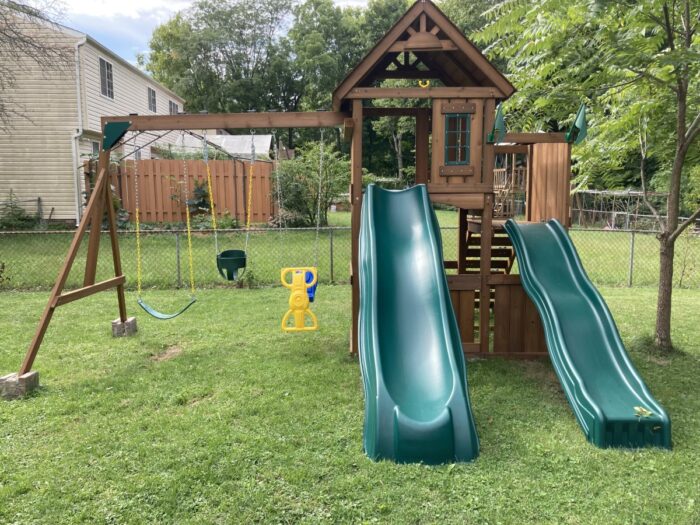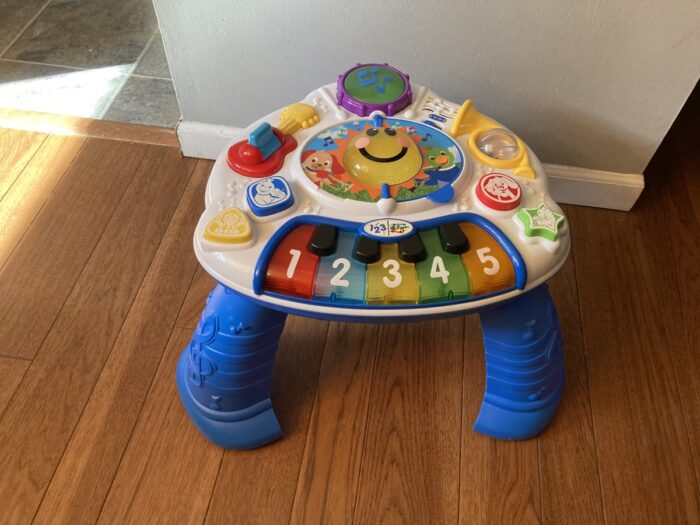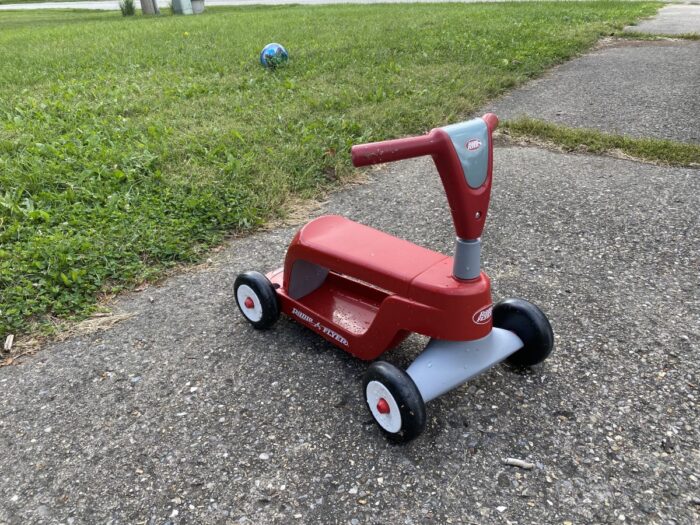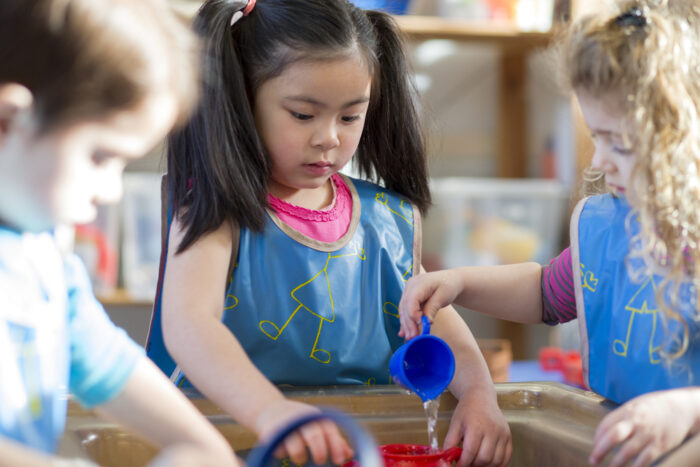Watching your little ones hit certain milestones brings out excitement and the video cameras! The first time your baby takes a step has the entire family cheering! Your toddler’s underpants are dry overnight, and you are more excited than your team winning the Superbowl. Your kindergartener gets on the school bus as you wave and sob all at once. Your child’s life is filled with hitting developmental milestones and let’s face it, it can be an emotional time for Mommy’s. But it is awesome to watch them grow and develop throughout the years.
Baby Milestones
While having an infant is sometimes exhausting and overwhelming, the first year is packed with “firsts” that fill parents with joy. Babies change and grow so rapidly in the first 12 months of their lives, and they will reach developmental milestones at different rates. Developmental milestones are age-specific behaviors and skills that are found in babies as they grow.
While infants develop differently, it is important to watch for these milestones so that you are able to determine if your child is developing at a normal pace. If they become delayed reaching their baby milestones, it will allow their pediatrician to become involved and can coordinate intervention such as therapy or visiting a specialist. A few of the first year’s milestones include:
- Physical Milestones such as raising head while on tummy, rolling over, sitting up, crawling, pulling up to standing position, and taking a few steps.
- Cognitive Milestones (Brain Development) such as looking at faces, passing things from one hand to another, banging 2 things together, and pointing with pointer finger.
- Emotional and Social Development include smiling, laughing, showing fear or anger, exhibit stranger danger, seek comfort when sad, kicking arms and legs when excited, and looking at self in mirror. This also can be waving, blowing kisses, and clapping which will become party tricks when the grandparents come to visit.
- Language Development such as cooing, recognizing their name, saying mama and dada (and mom’s… they ALWAYS say dada first), understanding simple instruction, and imitating sounds like blowing raspberries.
Toddler Milestones
Toddler developmental milestones are very similar to infant milestones except that they develop at a much slower rate. You need to continue watching to see that they are hitting those important milestones although it is equally vital not to compare too much and remember that toddlers will develop at different rates.
Don’t jump into the comparison game if your child is not doing something that a child in the church nursery is doing. If for some reason, you feel that they are not achieving a skill that you think they should have, mention it to your pediatrician to see if there should be any concerns. Once again, some important toddler milestones include:
- Physical Milestones such as standing on tiptoes, running, climbing on furniture, walking up and down stairs while holding on, and carrying their toys.
- Cognitive milestones could include sorting shapes and colors, exploring unfamiliar areas, having pretend play, and understanding different sizes.
- Emotional and Social Development include feeling big emotions but unsure how to express them, shows affection, plays with others, and laughs at other people being silly.
- Language Development such as saying their first name, saying approximately 200 words, stringing a few words together, and following simple directions.
Education
Your kiddos begin learning from Day #1 when they are born. But eventually you have to make a decision on schooling for your child from preschool to kindergarten to middle school to high school. Some families know from the beginning that they want to homeschool or send their little ones on the big yellow bus. Other families are unsure of the different choices and have difficulty choosing which option would be best for their child/children.
Since Covid-19 has entered the equation, the choices have become even more difficult for parents. If you are struggling with that decision, get some encouragement here from a mom who put her little kindergartener on the bus wearing her mandated mask. But there are several different schooling options nowadays and you should be able to find something that will work for your family.
The best advice is to find a support team to help you no matter which route you choose to go. There are multiple choices for education such as private schools, charter schools, and online schools. The two most popular are public school and homeschooling.
Reading to Your Child
Reading to your child is a wonderful way to bond together. Snuggling up together with a book is priceless and is gift of time that you give to both your child and yourself as you slow down from your busy schedule and just spend time with one another.
Besides bonding with your child, reading together has many benefits. There is absolutely no downside to taking time to read together, and there are limitless benefits to spending time with books. Mix up the types of books you read to your children so that they are exposed to many different types of literature. From nonfiction to fairy tales to mysteries, books are a gateway to new experiences and worlds.
Technology
Let’s face it… we live in an age of technology. A 3-year-old can probably use a TV remote controller; a 6-year-old can find anything on YouTube; a 10 year old most likely has a tablet or phone; and let’s not even discuss teenagers. It is hard to navigate this age of technology but the key to it is balance. Set limits to screen time and stick to it.
But Mom’s and Dad’s… you should be role models and not have your phone on you at every minute. Put the phone down, turn the TV off, put away the tablet, and limit the video games. Set a positive example for your children and then set boundaries for them. Most importantly, put value on times where no one can use their phones or devices such as dinner time.
Spend time with your children without any devices, teaching them the importance of spending time together talking, sharing, laughing and enjoying one another.
Indoor Play
Indoor play does not mean putting the TV on for the day. While there are times for the television, there are other options for kids to do when inside. Inside play encourages creativity, imagination, and critical thinking. From playing make-believe and dress-up, doing arts and crafts, building blocks, putting together a puzzle, making slime, playing board games, or reading a book, it is important playtime for a child’s development and education.
Sometimes simply allowing your child to role-play alone or with friends is valuable and other times it is great to work together on developing a skill such as putting a puzzle together. Whatever type of indoor play you choose on a particular day, enjoy listening or talking to them because kids just grow too fast!
Outdoor Play
Kids love to play outside, running, jumping, climbing, and exploring. There are so many possibilities for outdoor play from riding bikes, playing on a playground, jumping on a trampoline, swimming, catching fireflies, splashing in creeks, and much, much more. Fresh air and exercise are two positive aspects of being outside, but so are the side effects such as learning about the natural world, developing physical skills, and exploring new environments.
They also become more aware of boundaries and limits. Playing outside also works on motor skills as they learn to ride a bike, four-wheeler or skateboard, go down a slide, learn to swing, hop, skip, and more. Outdoor play should be a regular activity for your family as you allow them to explore this great big world!















